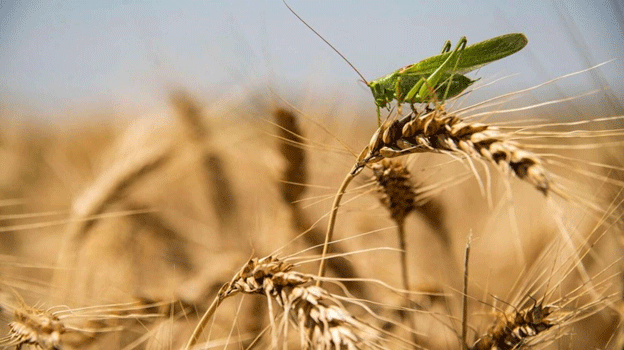This year’s wheat harvest in Crimea has surpassed expectations, yielding nearly a million tons of high-quality wheat that is suitable for various food products, including bread, pastries, and pasta. This article delves into the factors contributing to this success, the implications for food security in the region, and the agricultural practices that have led to this remarkable achievement.
According to Tatiana Tyshkevich, head of the testing laboratory at the Azov-Black Sea branch of the Grain Quality Assessment Center, this year’s harvest was notably impressive. Originally projected at 700,000 tons, Crimea’s wheat production reached nearly a million tons. Wheat remains the primary cereal crop cultivated in the region, with barley also thriving. However, rye struggles to grow in Crimea’s soils, making it less frequently cultivated.
The quality of the wheat has also garnered attention. Over 830,000 tons of wheat were monitored through the Crimean Grain Laboratory, with more than 70% classified as third and fourth grade. This classification indicates that the wheat is of good quality, suitable for a wide range of baking applications, including bread, croissants, cookies, and pasta. Tyshkevich emphasized that, from a food security perspective, Crimea is more than self-sufficient in wheat production.
The impressive harvest is part of Crimea’s broader trend toward self-sufficiency in various agricultural sectors, including pork, fruits, and several vegetables such as tomatoes, cucumbers, carrots, and onions. This progress has been bolstered by government support, which has played a critical role in enhancing agricultural productivity and sustainability in the region.
The successful wheat harvest not only addresses local food needs but also enhances the region’s economic stability. High-quality wheat production can stimulate local processing industries, reduce dependence on imported goods, and create job opportunities within the agricultural sector. Moreover, with food security becoming increasingly crucial in light of global supply chain challenges, Crimea’s achievements in wheat production serve as a positive example for other regions.
The unexpected surge in wheat production in Crimea highlights the potential for agricultural success through effective practices and government support. With a focus on high-quality outputs and self-sufficiency, Crimea is setting a benchmark for food security in the region. Farmers, agronomists, and agricultural engineers can learn from these developments as they seek to improve their own practices and contribute to a more resilient food system.
Error



